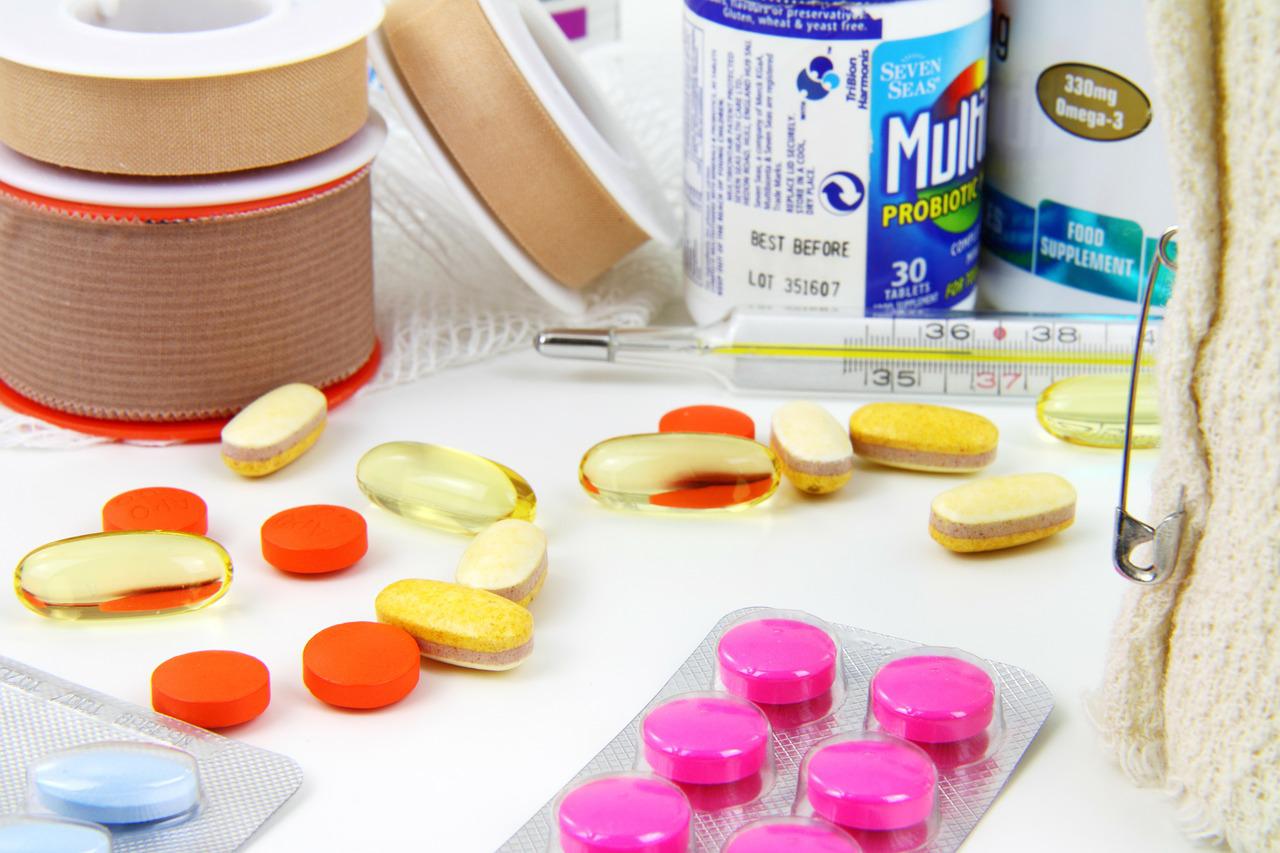If you have suffered minor injuries, you can try to neutralize them yourself. If you know how to treat superficial wounds, you can do it yourself.
An ointment or gel for burns with boiling water works well for kitchen problems. If second- or third-degree burns have been received, inpatient treatment is required. It should be taken in a clinic under the supervision of doctors. The therapist will recommend what to treat the burn or how to treat a burn with blisters.
How to treat blister burns at home
Never puncture the blister – this can lead to infection;
rinse the burn under cool running water;
apply an anti-inflammatory cream or gel with an analgesic effect in a thin layer;
apply a bandage to the burn area after treatment;
treat the burn with a blister and change the bandage daily.
Skin recovery after a burn
What helps with burns is accurate hygiene and regular treatment of the wound.
After an injury, a blister immediately forms on the skin, filled with clear plasma that can seep through the burned tissue. With proper treatment, inflammation and suppuration can be avoided, and regeneration is quicker.
In just a few days, the burn blisters will begin to recede and exfoliate, and new skin will begin to form under the blister. During this time, the wound may itch, but you can not touch the affected area – by the end of the first week, the itching will pass by itself.
If the wound is neglected, festering may occur. It may be accompanied by fever, sudden weakness and chills. With such a history, regeneration of the skin can take weeks. In this case, the appearance of thickened growths and rolls is likely.
How can I prevent scars after a burn?
Burn scars appear depending on the characteristics of the victim’s body. In any case, their appearance can be prevented by timely use of anti-scratch gels and ointments, as well as special silicone wound coverings and moisturizing creams.
Treatment of scars and scars after burns
If you are interested in how to get rid of the external consequences of a burn, you need to know that with serious skin disorders, the scar will remain in any case. Here you will need the help of a cosmetologist, who will help restore the normal appearance of the skin.
Usually for this kind of surgery, a technique of excision of the scar is used, after which several cosmetic sutures are placed on the tissue. When the stitches are removed, the damaged area is treated with ointments that prevent new scars from forming on the skin.
For particularly difficult cases, such as burns with boiling water, a laser resurfacing technique is used. Modern equipment makes it possible to remove scars completely and achieve perfect skin. If the severity of the burn is minor, a chemical peel with fruit acids is recommended.
Burn remedies
With what to treat a burn, and what operational help can be provided by yourself in the field or at home?
Using creams like Levomycol or Spasatel is guaranteed to help with minor injuries, such as briefly touching a hot pan. Dexpanthenol works very well for first-degree burns. If the degree of damage is more serious, creams can only be used as a preventative measure and you should not rely on them as such.
Burn remedies such as sprays or gels – such as Burnshield anti-burn hydrogel – are more effective because they are dispersed and better absorbed by the skin. These preparations combine two functions – anti-inflammatory and analgesic.
There is another type of treatment – special anti-burn dressings. They are recommended when the patient needs to be outdoors. Such dressings prevent dirt and dust from entering the wound.
What not to use to treat a burn
When receiving a burn of any degree for therapeutic purposes should not be used:
oil;
honey and propolis;
ice;
toothpaste;
chemicals.
To reduce the risk of general burns
In the home, it can be fairly easy to reduce the risk of burns, you just need to follow a few guidelines:
Do not leave food being cooked or already cooked on the stove unattended;
frying pans should be placed on the stove with their handles toward the back of the stove;
any hot liquids must be placed out of the reach of children and pets – boiling water is a frequent cause of thermal burns;
do not store electrical appliances near water;
do not cook in flammable clothing;
your child’s access to electrical and gas appliances should be blocked;
Plug sockets that are not in use must be fitted with protective caps;
Do not smoke in the home;
Smoke detectors require regular maintenance and replacement of batteries;
The house or apartment should be equipped with a fire extinguisher;
Chemical burns are caused by chemicals – these must be kept out of reach of children and pets.
Where to turn in case of burn injuries?
A person may not always be able to effectively remove burn blisters or provide the necessary care at home, and then there is no need to waste time and engage in self-treatment.
In case of complications, you should immediately contact your primary care physician. The specialist will tell you what tests need to be done, determine the degree of the burn from the signs and develop a course of treatment, taking into account special remedies.
